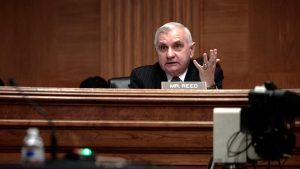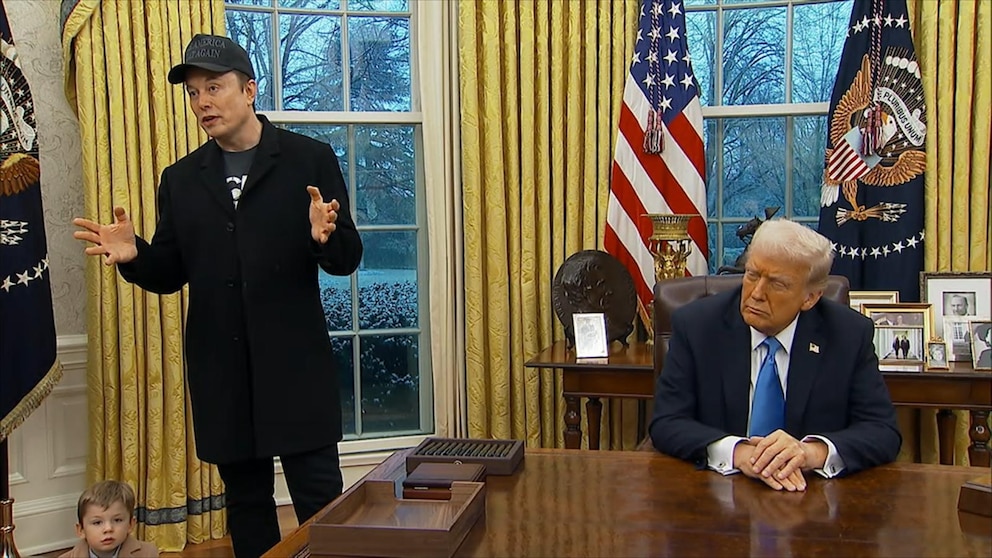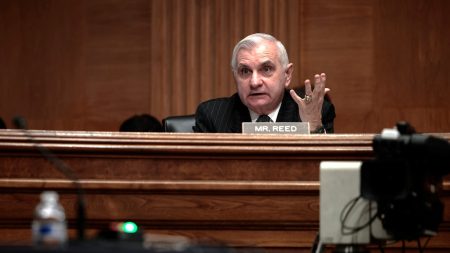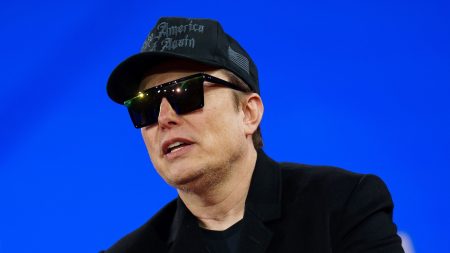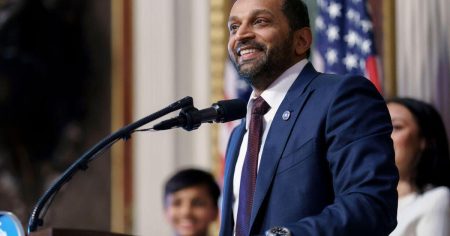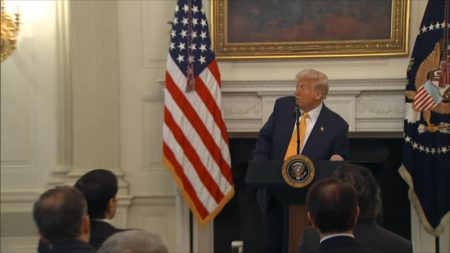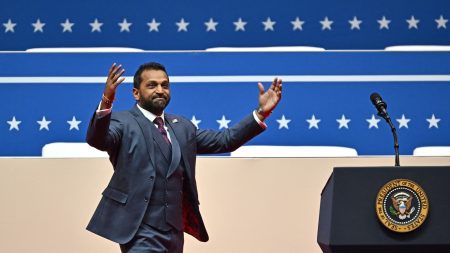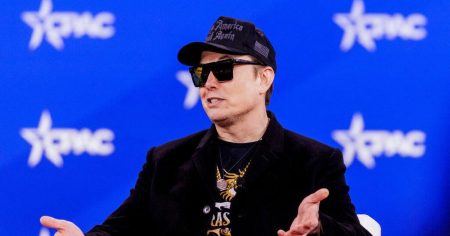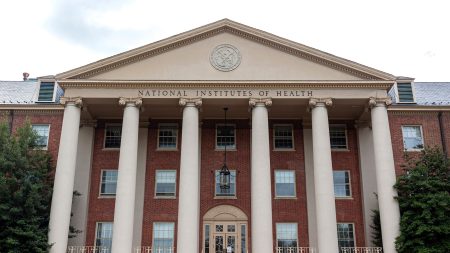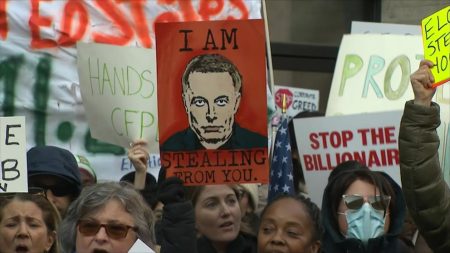Introduction: A Historic Meeting in the Oval Office
In a rare and unprecedented meeting, former President Donald Trump and billionaire entrepreneur Elon Musk recently sat down in the Oval Office to discuss their shared vision for reshaping the federal government. The meeting, which was closed to the press but later detailed through sources close to both men, revealed a fascinating convergence of political and technological ideologies. Both Trump and Musk, while vastly different in their backgrounds and approaches, have long been vocal critics of the federal bureaucracy, which they argue is inefficient, overly restrictive, and out of touch with the needs of everyday Americans. The discussion centered on potential reforms that could streamline government operations, leverage cutting-edge technology, and restore what they believe is a lost connection between Washington and the American people.
Critique of the Federal Bureaucracy
A significant portion of the conversation revolved around the pair’s shared frustration with the federal bureaucracy, which they described as bloated and resistant to change. Trump, drawing from his experience as president, recalled numerous instances where he felt obstructed by career officials and agency heads who he believed undermined his agenda. Musk, on the other hand, brought a corporate perspective, likening the government to a slow-moving, risk-averse institution that stifles innovation. He pointed to the success of his companies, such as SpaceX and Tesla, where rapid decision-making and a culture of experimentation have led to groundbreaking achievements. Both men agreed that the federal government’s inability to adapt to modern challenges is a significant hindrance to progress.
Vision for aStreamlined Government
The meeting also explored potential solutions to these perceived problems. Trump proposee a overhaul of the civil service system, which he argued is too entrenched and difficult to reform. He suggested introducing more accountability measures, such as performance-based evaluations and term limits for certain government positions, to ensure that officials remain aligned with the administration’s goals. Musk, meanwhile, emphasized the role of technology in transforming government operations. He advocated for the widespread adoption of artificial intelligence, blockchain, and other advanced technologies to improve efficiency, reduce waste, and enhance transparency. For instance, Musk suggested that AI could be used to automate routine bureaucratic tasks, freeing up resources for more critical priorities.
Challenges and Controversies
While the ideas discussed during the meeting were ambitious, they also raised significant questions about feasibility and potential consequences. Critics argue that Trump’s proposed reforms could lead to increased politicization of the bureaucracy, undermining the nonpartisan nature of government work. Musk’s technological solutions, while innovative, also pose ethical concerns, particularly regarding data privacy and the potential for over-reliance on unproven systems. Additionally, the meeting itself sparked controversy, as some watchdog groups questioned the propriety of a private citizen like Trump meeting with a sitting president to discuss government reforms. These challenges highlight the complexities of enacting sweeping changes to the federal government and the need for careful consideration and bipartisan cooperation.
Historical Context and Broader Implications
The meeting between Trump and Musk can be seen as part of a larger trend of political and business leaders seeking to disrupt traditional governance structures. Trump’s presidency was marked by efforts to dismantle what he called the "deep state," while Musk has long championed a more entrepreneurial approach to problem-solving. Their collaboration reflects a growing belief among some sectors of society that government must be reinvented to meet the challenges of the 21st century. However, this vision is not without precedent. Historical examples, such as the New Deal or the Great Society programs, demonstrate that transformative change is possible when there is a strong political will and public support. Yet, such efforts often face fierce opposition, and their success is far from guaranteed.
Conclusion: The Road Ahead
As Trump and Musk continue to explore ways to reshape the federal government, the outcomes of their efforts remain uncertain. While their ideas are undeniably provocative and have the potential to spark meaningful change, they also face significant obstacles, from political opposition to practical implementation challenges. The meeting in the Oval Office represents just the beginning of a long and contentious journey. Whether their vision for a streamlined, tech-driven government will gain traction or fade away like so many other reform efforts remains to be seen. One thing is clear, however: the conversation started by Trump and Musk is unlikely to go away anytime soon, and it will almost certainly play a role in shaping the debate over the future of American governance.


